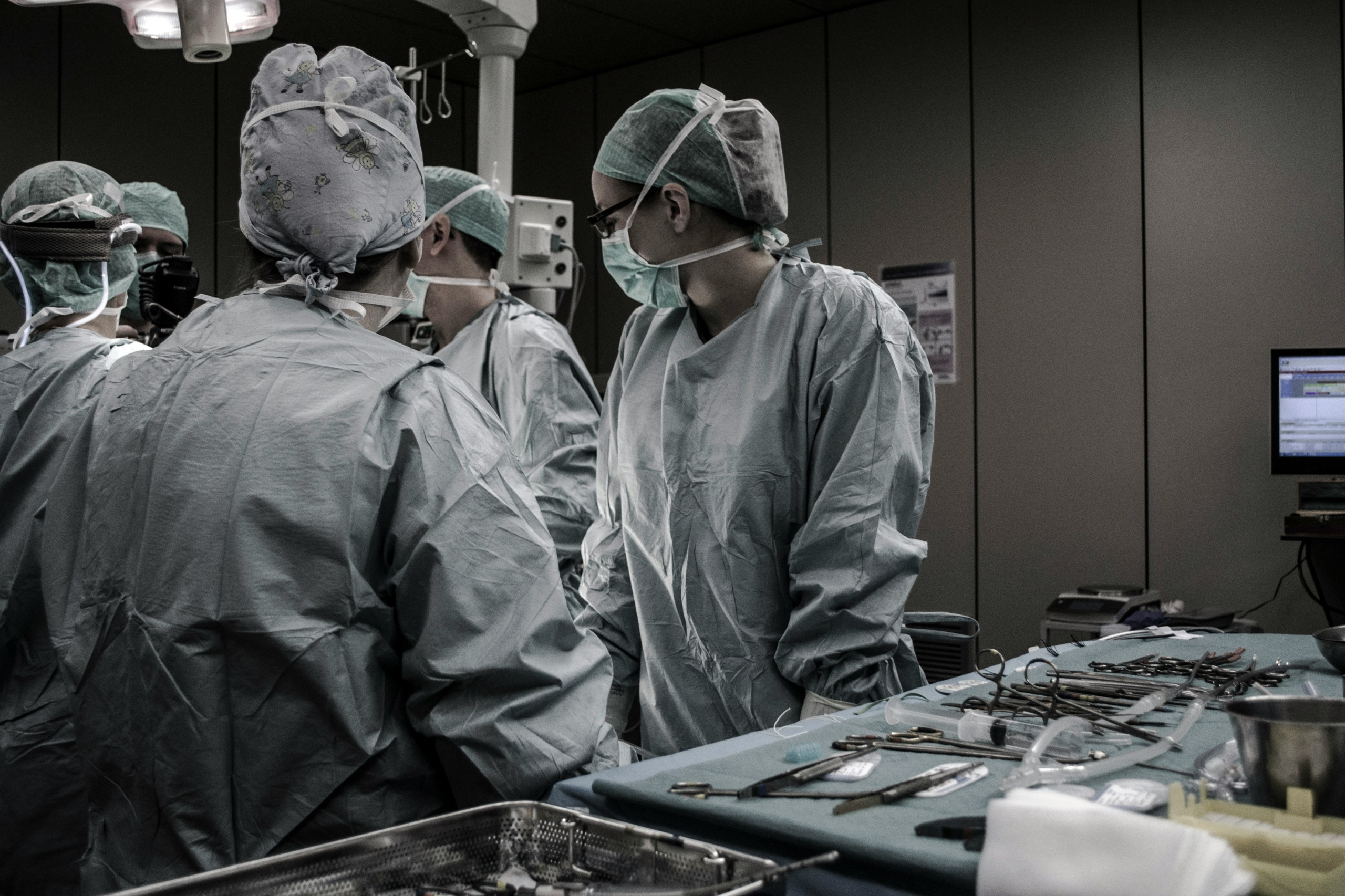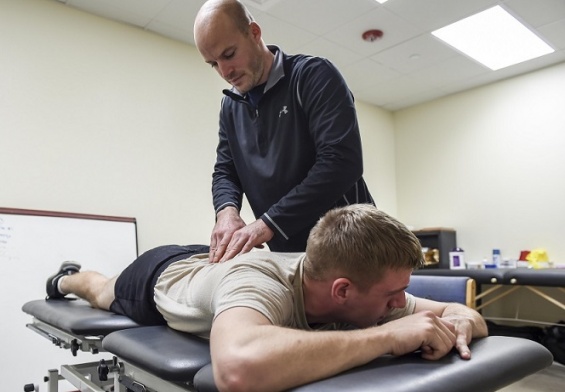Corpectomy is a specialized surgical procedure recommended by spinal specialists for severe cases where the spinal cord or nerve roots are compressed due to various spinal conditions. This procedure involves the removal of one or more vertebrae and possibly the intervertebral discs to alleviate this pressure. The primary aim of a corpectomy is not only to relieve pain but also to stabilize the spinal column and prevent abnormal movements that could worsen the patient’s condition.
Table of Contents
ToggleWhat is Corpectomy?
Corpectomy, meaning “to remove the body,” involves the surgical removal of vertebral bone and adjacent discs that are compressing spinal nerves or the spinal cord. After the removal, the resultant gap is typically filled with a bone graft or synthetic substitutes to maintain spinal integrity and facilitate the fusion of the surrounding vertebrae. This reconstruction is crucial to restore normal spinal alignment and prevent further damage caused by bone rubbing against bone.
Reasons for Undergoing Corpectomy
Spinal specialists may recommend a corpectomy for two primary reasons: to alleviate pressure on the spinal cord and to halt any abnormal movement between the vertebrae. These conditions are often caused by degenerative diseases, traumatic injuries, or tumors that affect the spinal column. By removing the affected parts of the spine, this procedure aims to restore functionality and relieve pain, providing a significant improvement in the patient’s quality of life.
The Surgical Procedure and Hospital Stay
Corpectomy is performed under general anesthesia to ensure the patient experiences no pain during the surgery. The complexity of the surgery means the hospital stay can vary, typically lasting one to two days, depending on the patient’s overall health and the specifics of the operation performed. Post-surgery, patients can expect some level of discomfort, which is managed through prescribed pain medications to keep pain at a controllable level.
Recovery and Rehabilitation
Recovery from a corpectomy is a serious undertaking. Initially, patients might need to wear a halo brace if a cervical corpectomy is performed to stabilize the area. The recovery phase involves strict activity restrictions to allow the surgical site to heal properly. Physical therapy might be introduced gradually, starting with light exercises to prevent the loss of muscle strength in the arms and legs, and then moving to more rigorous rehabilitation once the fusion has healed. The timeline for relief from symptoms can vary, with some patients experiencing immediate improvement and others seeing gradual progress.
In-Home Care Post-Corpectomy
Recovering from a corpectomy can be significantly enhanced with the support of in-home care services. In-home caregivers play a crucial role in assisting with daily activities, managing medication schedules, and providing transportation to follow-up appointments and physical therapy sessions. They ensure that the recovery environment is conducive to healing, helping with mobility around the house and ensuring that the patient adheres to post-operative care instructions, which is vital for preventing complications.
Potential Complications and Ideal Candidates
Like all major surgeries, corpectomy carries potential risks including nerve root damage, spinal cord injury, bleeding, infection, graft dislodgment, and continued pain. The risk of severe complications, such as impairment or quadriplegia, is particularly heightened due to the surgery’s proximity to the spinal cord. Therefore, corpectomy is generally considered a last-resort option for patients who have not responded to less invasive treatments and are suffering from significant spinal issues.
The ideal candidates for a corpectomy are typically those experiencing severe and persistent pain due to vertebrae compression, who have exhausted other treatment options without relief. A thorough evaluation involving medical history review, diagnostics, and scans helps spinal specialists determine if corpectomy is the most beneficial approach for the patient.
Conclusion: Moving Forward After Corpectomy
Undergoing a corpectomy is a significant decision that comes with many considerations, from understanding the reasons and procedure to managing the recovery process with appropriate care. This surgery has the potential to vastly improve the quality of life for patients suffering from debilitating spinal conditions by alleviating pressure on the spinal cord and stabilizing the affected region. With the surgical removal of problematic vertebrae and the strategic placement of grafts, patients can experience substantial relief from symptoms and a notable improvement in mobility.
Post-operative care, particularly in-home care, plays a crucial role in ensuring a smooth and effective recovery. In-home caregivers can provide invaluable support by assisting with daily activities, ensuring medication compliance, and facilitating transportation to follow-up appointments and physical therapy sessions. With careful planning, expert medical care, and supportive rehabilitation and in-home care, patients can achieve the best possible outcomes, returning to a more active and less painful life after a corpectomy. This holistic approach to recovery not only addresses the physical aspects of healing but also ensures that the patient’s environment contributes positively to their overall recuperation.




